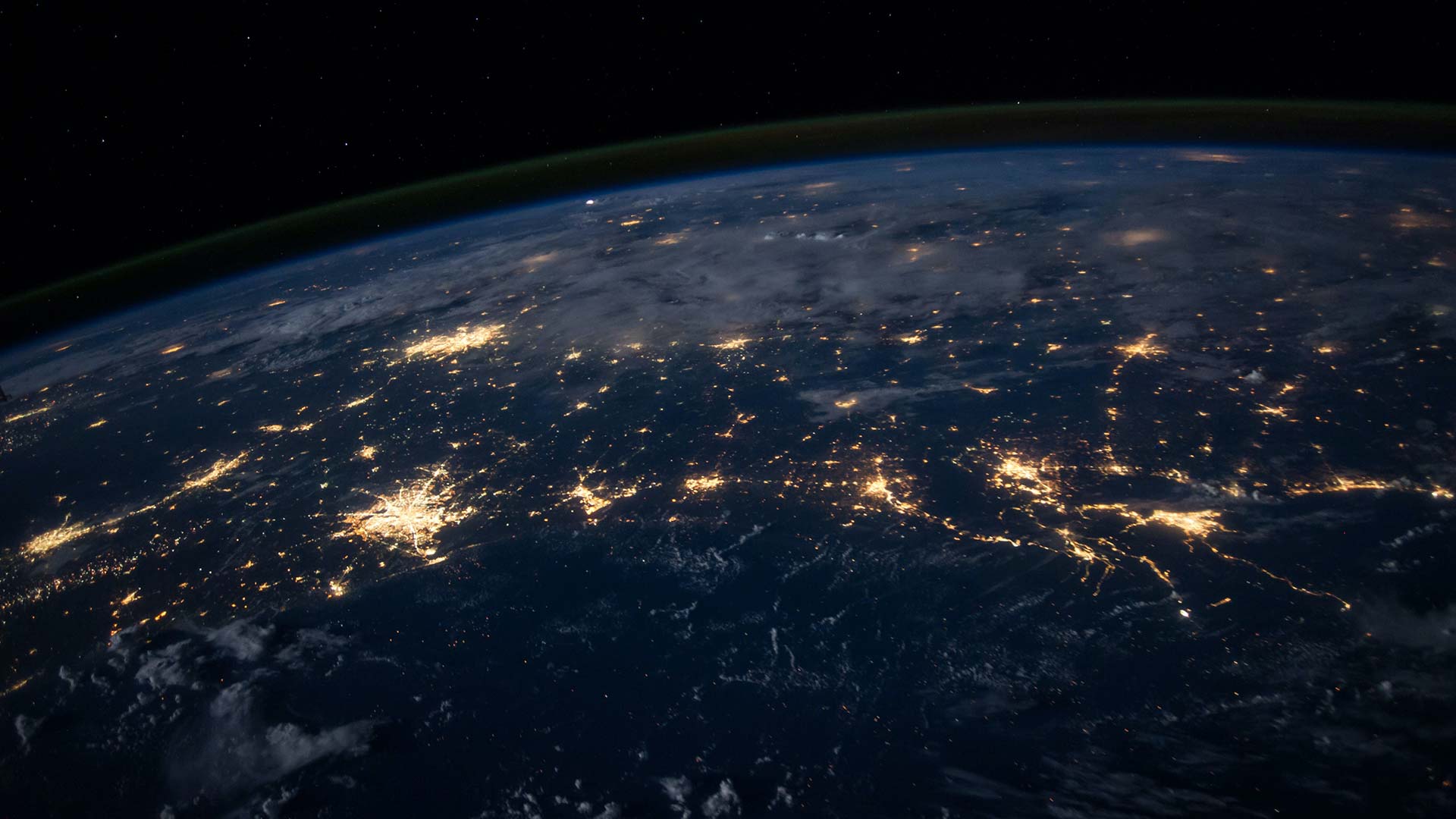What is the right proportion between light and darkness?
The Sun rose over the mountains and soon the boy was awake. His days were usually very busy helping his parents around the house and his uncle with the crops. When all that was finally finished, he would run out to explore the valley. It was his escape, his kingdom, he felt free and alive in the valley. As the Sun started to set behind the mountains he would run back to the village before darkness came over the valley like a thick, black cover. On the one hand he was afraid of the Dark Beast (that’s what the villagers called the night), because there were all sorts of strange sounds in the dark. But he was also very curious; to know more about what happens to all the plants, animals, rocks and things when the Dark Beast came. Just before he went to sleep though, when the campfire finally burnt out and everyone slowly went back to their huts, he would raise his eyes up to the night skies and be engulfed by the most spectacular visions he had ever seen.
…
She hated weekday mornings; she begrudgingly got up and got dressed, then slowly made her way downstairs. As the bus hurtled through busy, noisy streets on her way to school she looked out the window and felt disconnected from it all. She couldn’t wait to go out on Friday nights. It was her escape, her kingdom, she felt free and alive at night in the city. She loved going out into the night with a sense of adventure and excitement. Streetlights like beacons, guiding her through the labyrinth while the brightly lit, bustling city centre was like an enchanted fanfare. There was so much energy and opportunity around every corner, so much to do, see and listen to it was little surprise she would only come home in the small hours. She was tired yes, but it was worth it.
…
What is the right proportion between light and darkness? More electric light means less natural night-time, which we know has a profound impact on many aspects of the natural world, including us humans. Less electric light means more darkness, which limits our activities, restricts our movements and in some cases affects our perceived sense of safety. Is night-time romantic and electric light polluting, or is night-time scary and electric light re-assuring?
Studies have shown that we are over-lighting our urban environments. Our surroundings have steadily become brighter and brighter over time, creating harmful sky glow that can be clearly seen from hundreds of miles away in rural areas. This kind of obtrusive light has a negative impact on a wide variety of plants and animals whose natural life cycles struggle to adapt to loss of true dark-time, and as a result may face catastrophic impact on their survival.
On the other hand, a total ban on outdoor lighting feels completely unrealistic given the current stage of human social evolution. More people are moving into cities to enjoy greater opportunities and the advantages of urbanisation. Busy urban environments result in different, sometime contrasting needs with more people and vehicles occupying the same urban spaces. At night this conflict could be deadly of course, so electric light plays an important safety role. Similar safety considerations could apply in pedestrianised areas where light reveals facial features and may increase perception of personal safety when walking in a dark street or park.
Increased human activity in urban areas can often result in higher revenue opportunities especially at night. This is because people often work during the day and socialise at night. This may bring greater investment in local businesses and services, which may increase human activity again. This important social and financial cycle is greatly facilitated by our ability to extend our use of the day into the hours of darkness. Without electric light at night our activity time and travel distance would be limited: we would have less time to be out and about, and we would not be able to travel as far.
Any solution should be based on two principles: awareness and consideration. Firstly, we should all be aware of the negative impact due to bad lighting practice. Secondly, we should accept that our need for electric light at night should not come at the expense of other species. Thirdly, we should carefully consider where light is truly needed and how much is needed. We know our eyes can operate perfectly well under very dim lighting conditions, so why are we over-lighting our environment?
What can you do?
As a tenant you can ask your council and building manager to make sure amenity and common area luminaires only light down, are not too bright and only operate when needed.
As a property owner you can use outdoor luminaires that only light down and do not operate all night long. A professional lighting designer can offer advice on this.
As a developer you can insist that location and illuminance of outdoor luminaires are carefully considered by professional lighting designers.
As a local council and government, you can introduce and enforce planning laws that will protect the night-time environment by requiring well-considered lighting schemes to be implemented.


